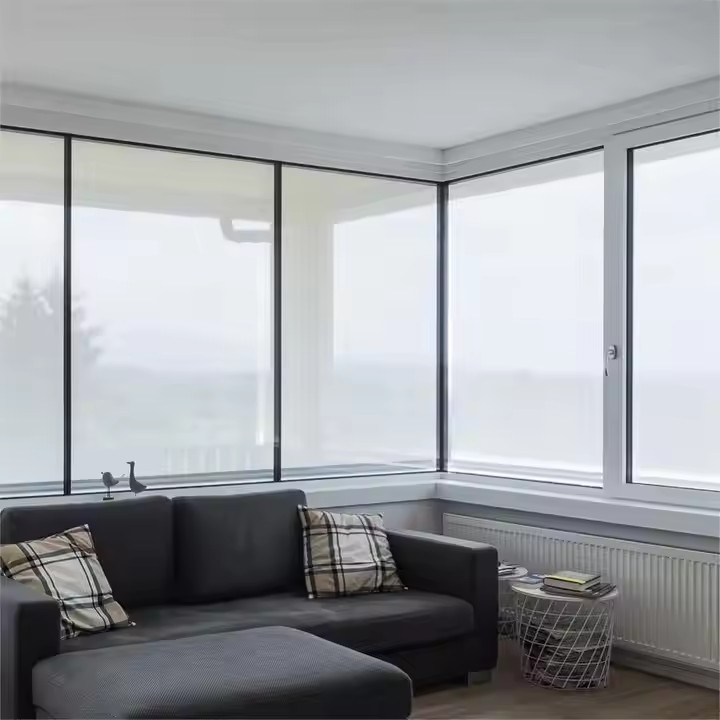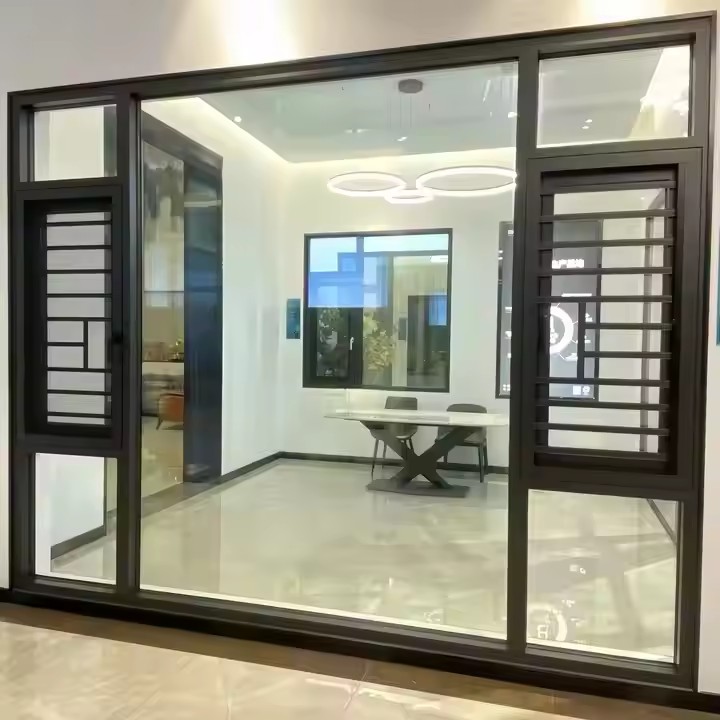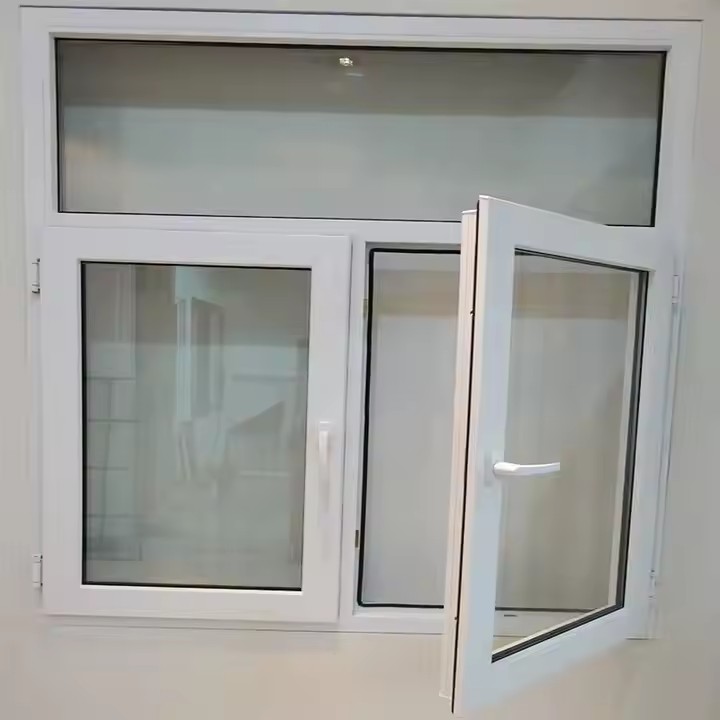Every door and window supplier hopes to sell their products at a higher price. In the market, prices fluctuate with external information. Therefore, certain sales strategies should be adopted to increase the selling price.
Enhance Product Value
Select High-Quality Materials: Utilize high-grade aluminum alloy, plastic-steel, solid wood and other profiles, along with hollow glass and coated glass that have excellent sound insulation, heat insulation and ultraviolet protection capabilities. Pair them with top-notch hardware fittings like hinges, handles and slide rails to improve the durability, functionality and safety of doors and windows. By using superior materials and obtaining a premium, more profits can be made.
Optimize Production Processes: Employ refined production techniques such as high-precision cutting, welding and spraying to ensure the tightness, stability and aesthetics of doors and windows, reducing problems like air and water leakage and providing customers with a better user experience. The production processes of different doors and windows vary. When decorating a villa, for example, the production process should be optimized as much as possible because the process is a crucial factor in presenting the appearance. To optimize the process, high-end materials can be used to achieve perfection and excellence in details.

Launch Customized Services: Provide customized door and window designs based on customers’ individual needs, including unique styles, colors, sizes and shapes, meeting customers’ pursuit of consistency and uniqueness in home decor. Customized services represent the future trend as people nowadays increasingly demand them. Customized products can distinguish themselves from others, making them highly attractive. People generally don’t want their doors and windows to be the same as others’; they hope to maintain their own uniqueness and showcase their aesthetics and values. The unique design of a window is not just a window; it reflects the owner’s aesthetics.
Incorporate Intelligent Elements: Develop door and window products that can be linked with smart homes, such as those with automatic sensing opening and closing and remote control functions, enhancing the technological sense and convenience of doors and windows and satisfying the demands of high-end customers for a smart life. Technology makes life better. For example, intelligent doors and windows can be installed to sense rain and automatically close when it rains. Additionally, intelligent curtains that can be opened and closed by sensing or remote control can also be installed.
Shape Brand Image
Define Brand Positioning: Determine a unique brand positioning, such as an expert in high-end customized doors and windows, an advocate for green and environmentally friendly doors and windows, or a leader in intelligent doors and windows. Conduct product research and development, marketing promotion and service improvement around the brand positioning.
Focus on Brand Communication: Select media platforms that match the brand positioning, such as home building materials magazines, industry websites and high-end lifestyle media, for targeted advertising. Actively participate in industry exhibitions, public welfare activities and other public relations activities to increase brand exposure and social influence.

Shape Brand Culture: Explore the company’s history, values and enterprise spirit to create a unique brand culture. For example, emphasize the persistent pursuit of quality, adherence to environmental protection concepts and promotion of the innovation spirit, arousing consumers’ emotional resonance.
Provide Quality Services
Establish a Full-Service System: Provide consumers with one-stop high-quality services from pre-sales consultation, in-sales installation to after-sales maintenance. Equip professional sales personnel to offer detailed product consultations and personalized solutions; arrange experienced installation teams to ensure the quality and efficiency of door and window installation; set up a dedicated customer service hotline and after-sales service team to respond promptly to consumers’ after-sales needs and provide regular return visits and maintenance services.
Provide Value-Added Services: Besides regular services, offer some value-added services, such as free door and window cleaning and maintenance guidance, regular safety inspections of doors and windows, and suggestions on matching the style of doors and windows with the overall home decor.
Precisely Position Customers

Identify Target Customer Groups: Analyze market demands to determine the main target customer groups, such as owners of high-end residences, consumers pursuing a quality life, customers who pay attention to environmental protection, and young technology enthusiasts. Develop corresponding marketing strategies and product plans for different customer groups.
Understand Customer Needs and Preferences: Through market research and customer interviews, gain an in-depth understanding of the needs, preferences, purchasing habits and consumption psychology of target customers, so as to better meet their expectations and provide products and services that suit their requirements.
Optimize Sales Strategies
Demonstrate Product Advantages: Set up image showrooms in home building materials markets to display actual products, allowing consumers to experience the quality and charm of the products in person. Through on-site demonstrations and comparison tests, showcase the performance advantages of doors and windows, such as sound insulation, heat insulation and waterproof performance.
Tell Brand Stories: During the sales process, share the brand’s development history, culture and product research and development concepts with customers, enabling them to understand the value and uniqueness of the brand and increasing their sense of identity and trust in the brand.
Hold Promotional Activities: Regularly hold promotional activities such as new product launches, product experience activities and decoration lectures. Invite potential customers, industry experts and media to participate. Through on-site displays and interactive exchanges, enhance the popularity and reputation of the products and promote sales.

